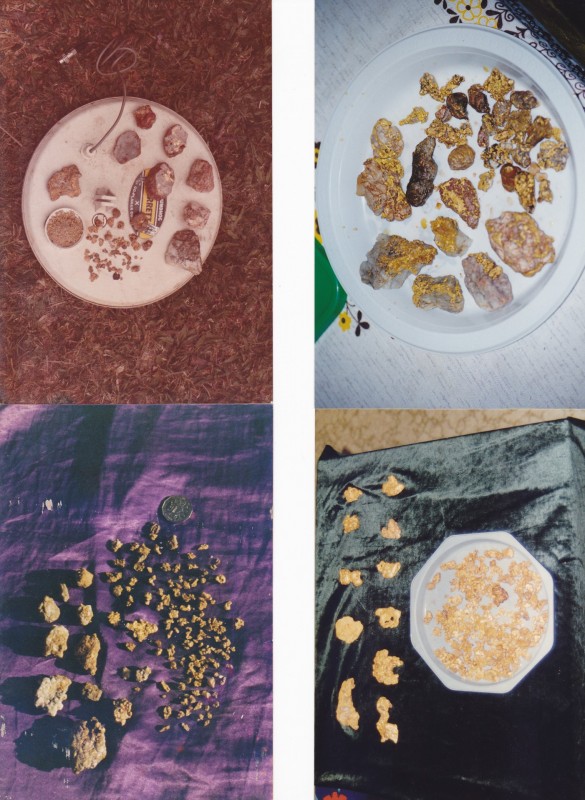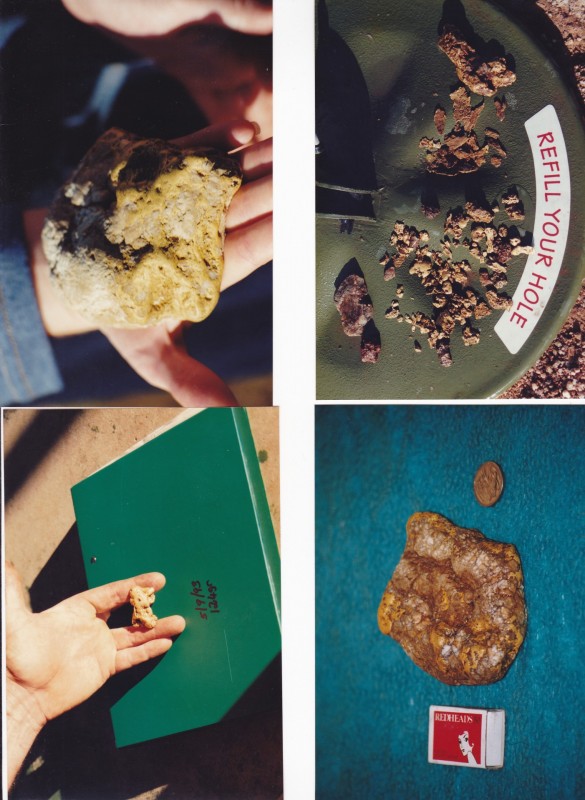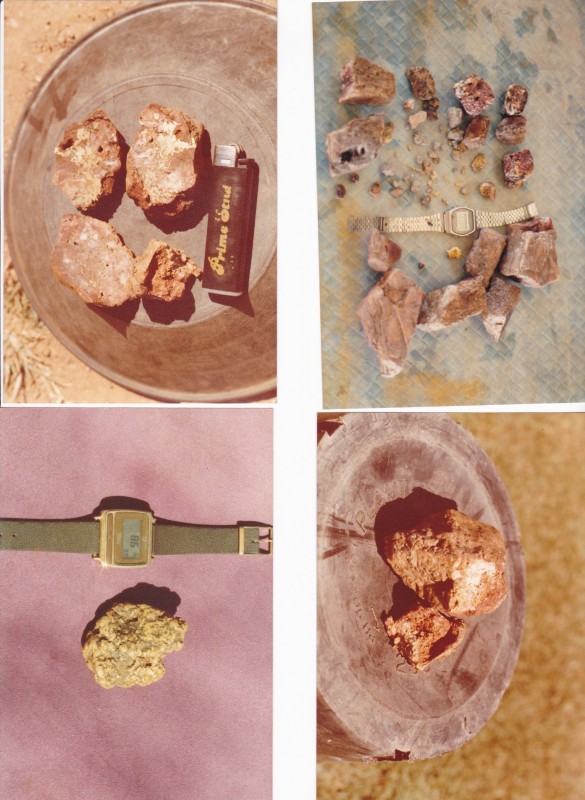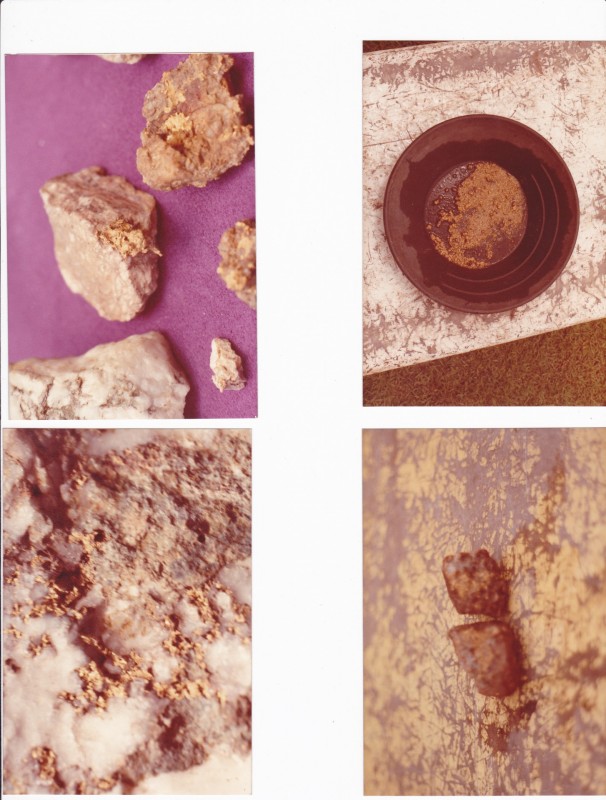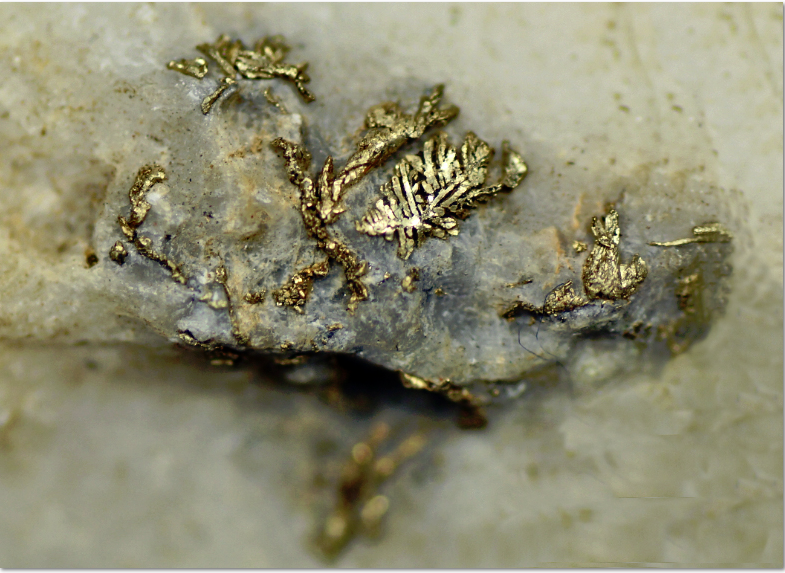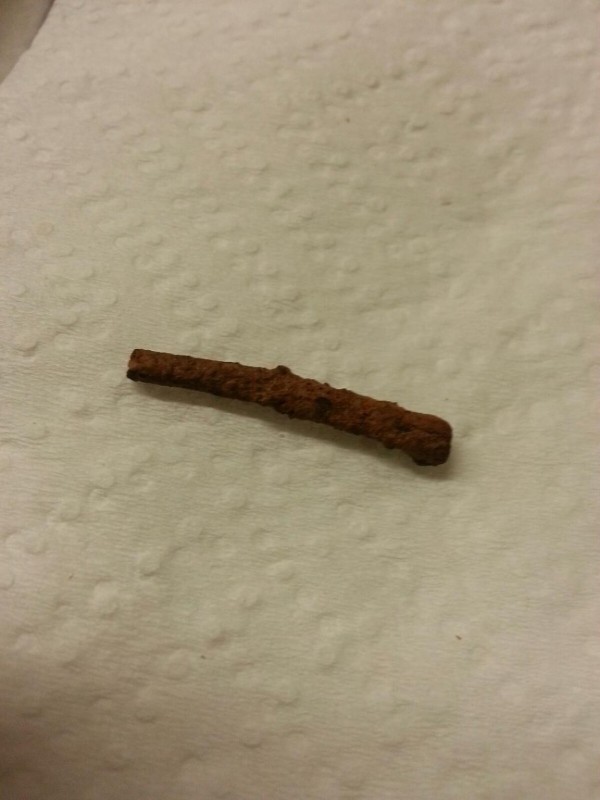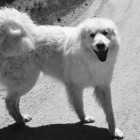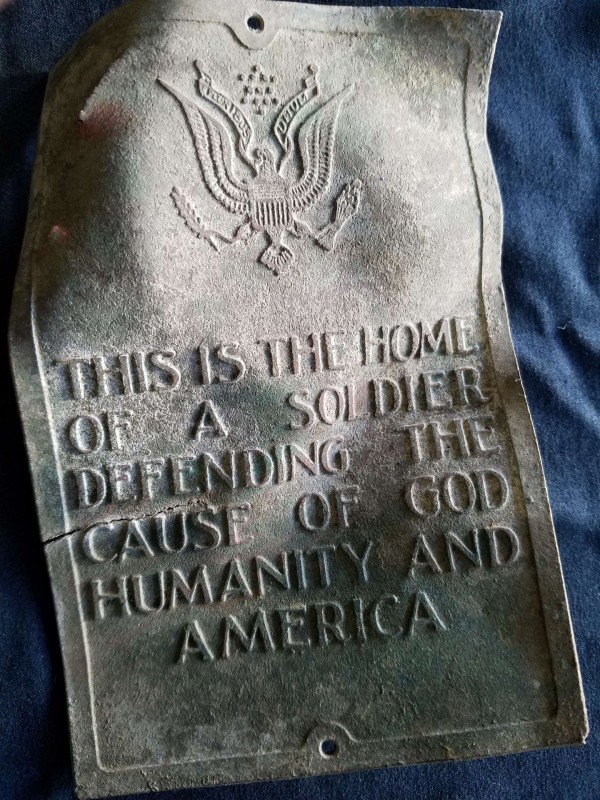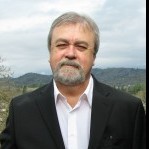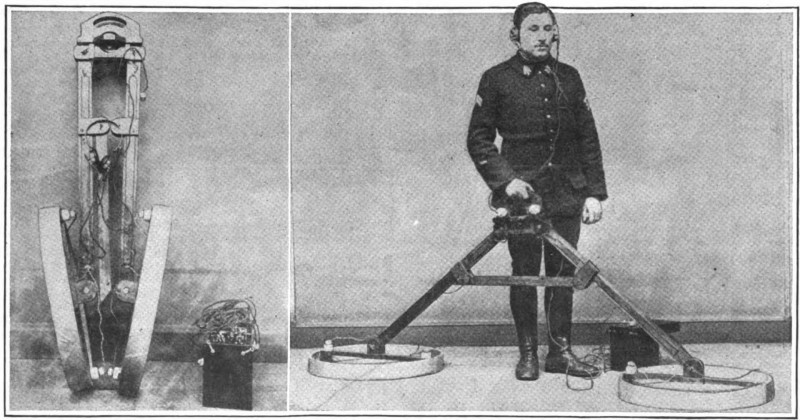Search the Community
Showing results for tags 'history'.
-
I was out detecting yesterday with the 7000 and found a 69 caliber musket ball. By using the carbon dating app. on my smirk phone and measuring the depth of my dig hole and evaluating the oxidation on the musket ball I was able to determine that it was fired in the Spring of 1857, probably on a Tuesday. I then did science to it by using negative integers of Avogadro's number, exponents of pi and ice cream, calculating sine, cosine, deer sign, tangent and mandarin and entering the data into the 7000s GPS I was able to determine the precise location from which the ball was fired. I entered a track to that location and sure enough I came to an ancient, hollow cedar tree with a limb at the perfect height to rest a musket on for better aim. I then perchance stuck the GPZ into the tree hollow and, not surprisingly, found an 1851 69 caliber Harper's Ferry U.S. issued musket. There may be one or two of you that have doubts about the whole truth of my story but let me assure you that my arithmetic is rarely wrong and the GPZ 7000 is a very capable detector AND Sourdough Scott took photos which I have provided here. I have put a hefty charge of powder in the old thing and hammered the ball down the barrel and I'm waiting for Sourdough Scott to show up so he can have the honor of being the first to fire this piece of history in over 160 years.
-
Great opportunity for a savvy investor potential 9,000,000.00 profit be the lucky owner of 100,000. Shares value $100. each in the Arizona Peer Mining Company established in December 14th 1883 that’s a long history of dreaming dreams. Offered at 10% of the bonds face value the token sum of $1,000,000.00 paid in cash or cashiers check at the time of transfer all funds fully refundable local pick-up Wuhan Financial center business office 3rd floor unit 1 AAABBBAABlongtimenoC. disclaimer: may not be in business, likely worthless production unknown and dollars lost who knows Brookline bridge offer soon to follow check back frequently all offers are at the assumed risk of the investor and no warranty is expressed or intended, any claim or grievance subject to binding arbitration by an impartial third party family pet arbitration board might only be 100 shares but 100,000 sounds better! kind of a cool old mining bond, i was going through some files and papers and wondered if this ever paid off?
-
Man, I was looking at some past prospecting images and thought you guys would find interest in viewing them.
-
I was just curious about the history of gold mining contraptions? How long have gold pans been in use?Who invented them? What did the Romans and other ancient people use to get gold? -Tom
-
Here is an interesting article that focuses mostly on the Kalgoorlie Gold Rush of 1893. I'm sure there are some here who would have tales to tell of this rush. https://lacrossetribune.com/community/tomahjournal/news/ask-your-science-teacher/article_928e4df3-a9a1-5c4c-bea1-bef645a0076e.html
-
I had to stop and contemplate the following occurrences. In the past ~week we've seen/heard of three absolutely historical US metal detecting finds. Idaho Peg discovered that her chunk of silver from Florida's Treasure Coast is quite likely from the 1715 Fleet, one of the two or three most famous treasures found in the Western Hemisphere. 2Valen reports on his multi-year quest for a Civil War cache which preliminarily produces a soldier's possessions including eight gold coins, four of which he is rewarded and displays here. Then Goldbrick tells us about his amazing 1849 privately minted $5 gold piece from the first year of the California Gold Rush. Has this sunk in: 1715 Fleet (lost in a hurricane on its way to Spain) silver coins, US Civil War gold coin cache, and California Gold Rush rare privately minted coin? I don't know what history is still taught in schools but I sure hope these finds represent it. It excites me just reading about these; I can't imagine how I would feel if I were experiencing them first hand! 'Bucket List' labelling doesn't do them justice. Top that, detectorprospector.com members (and I hope you do).
-
Wales has a bit more gold than they normally disclose. They talk about keeping it for those Royal Weddings and such. Here is some historic information about gold in UK. https://www.walesonline.co.uk/business/business-news/gold-wales-mines-welsh-alba-16715755
-
Burma Thai Railroad... Pows died here building this railroad, very solemn sorrowful place... Good to know History and never forget these heros who gave their all...
-
The man who discovered GOLD first in Australia..pdf
-
These discontinued Minelab products are really cool to look at and read about. I was amazed. The Golden Hawk looked cool! Wonder what the Klondike looked like. https://www.minelab.com/usa/support/knowledge-base/discontinued-products
-
Anyone remember the old Popular Science ads? I thought this was a good classic to share. Even though this ad pre-dates me by 6yrs, it puts a smile to my face :)
-
I just fired up the Lobo and placed the coil to the ground, then it beeped or quacked as some would have it but I like the sound's my Lobo makes. I'm starting to understand it with every hour we spend together and I think we have begun a fine relationship with each other, for she rewarded me with my very best find ever. The target was positive as I waved the coil over the ground , so I then began to recover the item and I popped out this badge which was covered with a fair amount of soil. Just like most of the other badges that I find I just put them in the bag and carry on but then when I got home I couldn't find it and was worried I'd have to look for it again. Then my wife said here it is thank goodness she found it, so we cleaned it up with some water to take a closer look. This is where it get's interesting, I can see now that it's a R.A.F. Squadron Badge. So I look for the Squad number and it showed 518, then I thought I've heard of this Squadron somewhere before, then it hit me D-Day these guy's radioed Churchill directly from the plane confirming the weather was good enough for the landing of D-Day. I could not believe what I had in my hand, a Squadron Badge from the 518 Squadron. So I did some background work and found out that it's the real deal. Some insignias show the hand holding the key to the right but mine was facing to the left so I checked some more on this and it is supposed to face left. I do hope we have some WW II historians with us so they could give me some more information on what I have found. I also know there were 28 flights in the Squadron with 8 men crews so that's only 224 men in this squadron. I also found out that to this day, some of the where bouts' of couple of these guy's is still unknown one from Australia. Man this is real live history I have here, there's so much information on this Squadron and it's a great story too, so if you haven't heard about these guy's you should check it out for sure. Now if you are familiar with this story, please pass on what information you could supply me with. This must have a lot of historic value and speaking of value what would you think it would be worth to the right buyer? My question now is, should I have it restored or do we leave these kind of things alone? This is my best find ever and a day I'll never forget. I found some real live history about 70 Year old iconic world history. This is Great I Love My Lobo. B.T.W. My camera is Sh#*, so please excuse the photography and my other camera is also no, is a digital microscope and can only zoom out to 50X. http://www.oldnautibits.com/features/aerofeature5.php http://www.aniodhlann.org.uk/tag/518_squadron/ https://www.wikiwand.com/en/No._518_Squadron_RAF https://www.worthpoint.com/worthopedia/raf-518-squadron-coastal-command-480919770
-
“The Nevada State Museum will be hosting this years’ 150th anniversary of the Carson City Mint. Numerous events will be taking place to commemorate the anniversary, which holds significant value for coin collectors, due to the 1870 Liberty Seated Half Dollars’ historic and monetary value. On Thursday, the coin press that minted the original coins with the famous “CC” mark in 1870, will be recreating this very coin in the same building that produced the originals. These replicas will be incused with “copy” and placed in a card bearing its series number. The event will be going on from 5 to 8 p.m. with tickets at $150 or $142 for Nevada State Museum Members. Attendees will be receiving a pure silver planchet, admission to the party, and a mint history program.” More at https://mynews4.com/news/local/carson-city-mint-150th-anniversary
-
My how things have changed ? https://streaming.britishpathe.com/hls-vod/MEDIA-4/archive/BCM6/2014-07-07T112551Z_1_LVA7938RY0N5P64BJN28M3DG6MCB_RTRWNEV_F_AUSTRALIA-PROSPECTORS-USE-ELECTRONIC-DETECTORS-TO-FIND-GOLD.MP4.m3u8?fbclid=IwAR1cKC1x1tqxLKOe1gl1PlYIcvLlTMUjJNC9WIvw9p3w1DHcCBnwymeffU4
-
This month in 1979 I bought my first metal detector a Bounty Hunter RB7, took me almost 3 years of pure frustration to get my first nugget,(pic below) after many 100s of hours, I know now I sure went over heaps of detectable gold, and still do, but not the heaps I went over then,...…...I hope...……... Below is some photos, I wish to share with DP members to celebrate, unfortunately I did not take many photos, straight into the crusher smelted down and off to the mint, have scanned what I could find from the old "shoe boxes". Plus a couple of recent ones, the specimen last is highly magnified, gold in limestone, and although no weight is probably the most valued by me, not just because it was my first piece (found with that RB7), but because of its uniqueness. Consider myself very privileged to live in this era, it has enriched my life not just in its monetary value, but given a challenge and still does that I suspect has no equal. MN I`ve gone and done it and not even close to the 30th of February.
-
https://eshop.ramint.gov.au/Mutiny-and-Rebellion-The-Eureka-Stockade/10188.aspx This is a must for Vic gold prospectors and may other prospector.
-
... the first of the 49'ers from the eastern US states, Australia, England, and Mexico were now beginning to arrive in the California gold fields. Hopes were high that they would "see the elephant," an allusion to participating in a truly spectacular, life-changing event. The California Gold Rush, from 1849 to 1857, was one of the most significant world-altering events in modern history. While metal detectors have replaced gold pans and rocker boxes, those of us who pursue "the elusive yellow metal" are the brethren of those intrepid 49ers. A post-gold rush ballad states "... and I often grieve and pine... for the days of old... the days of gold... the Days of 49..." I hope you all "see the elephant." HH Jim
-
Finally got to hunt an old home site yesterday evening. The elderly gentleman had given me permission to hunt all his property and he had kindly given me a little history of the different home site that were on the property. I listen intently to every word to obtain as much information as possible of each locations. One of the sites was a home assembled using wooden pegs. He proceeded to explain that he tore the home down and burned the balance then proceeded to get a dozer to grade the property and fill in with dirt. He did explain that anything there would be over a foot deep and he was correct, I couldn’t find anything that would date the property to the early 1800’s. The second site I hit yesterday and even though I didn’t find any nice relics I had a lot of fun just hunting. Moving around in the area I noticed a section where the Equinox would give many false high tones. Knowing this usually meant iron I opened up the screen and every sweep revealed multiply low tone iron signals. After a while I decided to start digging these low tones that gave an ID of -3 and found my answer, cut nails. Wow, that means I’m on an old site, yes, excitement overwhelmed me for a few minutes. Noticed the Ole man walking up the field to where I was I waited for his arrival. Knowing he would have more to say and the very first thing out of his mouth was, “have you dug any cut nails yet?” My answer, yes sir and handed him one and the story unfolds more detail of the site. He said when he was a child there was only a few foundation rocks left of this house, no wood but only the rock foundation. That was 80 years ago and he estimated the site may have been 200 years old. At that point I got extremely excited at what might be here until the very next statement from the gentleman. “Mark, I had the site leveled many years ago.” “But I pushed all the dirt to level the lot in one direction and I would guess your best bet of finding anything would be along the banks of the hill.” Well, yet another let down, a site dozed, that destroys the originality of where and what could have been found. But I’ll continue to hunt while I can and digging cuts nails is still fun. "Nails provide one of the best clues to help determine the age of historic buildings, especially those constructed during the nineteenth century, when nail-making technology advanced rapidly. Until the last decade of the 1700s and the early 1800s, hand-wrought nails typically fastened the sheathing and roof boards on building frames. These nails were made one by one by a blacksmith or nailor from square iron rod. After heating the rod in a forge, the nailor would hammer all four sides of the softened end to form a point. The pointed nail rod was reheated and cut off. Then the nail maker would insert the hot nail into a hole in a nail header or anvil and form a head with several glancing blows of the hammer. The most common shape was the rosehead; however, broad "butterfly" heads and narrow L-heads also were crafted. L-head nails were popular for finish work, trim boards, and flooring. Between the 1790s and the early 1800s, various machines were invented in the United States for making nails from bars of iron. The earliest machines sheared nails off the iron bar like a guillotine. The taper of the shank was produced by wiggling the bar from side to side with every stroke. These are known as type A cut nails. At first, the heads were typically made by hand as before, but soon separate mechanical nail heading machines were developed that pounded a head on the end of each nail. This type of nail was made until the 1820s. By the 1810s, however, a more effective design for a nail making machine was developed; it flipped the iron bar over after each stroke. With the cutter set at an angle, every nail was sheared off to a taper. With the resulting nails thus all oriented in the same direction, it became possible for the same machine to automatically grip each nail and form a head in a continuous mechanical operation. Nails made by this method are known as type B nails. Cutting the nails leaves a small burr along the edge as the metal is sheared. By carefully examining the edges for evidence of these burrs, it is possible to distinguish between the earlier type A nails and the later type B nails. Type A nails have burrs on the diagonally opposite edges, while the type B nails have both burrs on the same side because the metal was flipped for each stroke. This kind of evidence can be used to establish the approximate period of construction or alteration of a building. Type B cut nails continued to be the most common through most of the greater part of the nineteenth century. With the rapid development of the Bessemer process for producing inexpensive soft steel during the 1880s, however, the popularity of using iron for nail making quickly waned. By 1886, 10 percent of the nails produced in the United States were made of soft steel wire. Within six years, more steel-wire nails were being produced than iron-cut nails. By 1913, 90 percent were wire nails. Cut nails are still made today, however, with the type B method. These are commonly used for fastening hardwood flooring and for various other specialty uses."
-
I wanted to get this posted on the anniversary of D-Day. I'll let the picture of this copper plaque speak for itself. The back story is personally significant, but is inconsequential to the recovery itself. I am honored to present it to this forum on this date.
-
Inspired by the recent thread: I've thought up the following question. This is (obviously) a hypothetical/ficticious situation but I think the replies might answer the question in this topic title. Suppose a Genie shows up providing you with the following opportunity. You will be transported back in time for a 10 year period, starting time is your choice. Once the 10 years are over you return to June, 2019 as if you never left. Once transported you will not have any knowledge/memory of the future ('future' defined as anything after the date of your arrival) but will have a passion for treasure hunting. You will be 30 years old, single, with a college degree in science education and a high school teaching job (and salary) consistent with that degree. You get three months per year off (you get to choose the months). You will be provided with a 4WD camper, an initial $3000 (important, January 2019 dollars!, to account for inflation) or the equivalent in the country of your chosen location. The purpose of this money is to buy a metal detector (that existed at that time -- no taking a modern detector back with you!) and other appropriate recovery equipment and materials. In addition, each succeeding year for 9 years you will get an addition $1000 (2019 equivalent). To drive home this $3000, 2019 equivalent, here are some actual year amounts for the initial stipend: 1951--$300. 1956--$317. 1961--$352. 1966--$376. 1971--$470. 1976--$657. 1981--$1028. 1986--$1294. 1991--$1590. 1996--$1824. 2001--$2086. 2006--$2342. 2011--$2601. 2016--$2798. You can answer for either coin/jewelry/relic/beach/cache detecting or electronic prospecting. That is, your 'passion' can be in one or the other. When, Where, Why?
-
The two prominent Trails into the Klondike interior were originated thru Skagway and Valdez Alaska, I guess I had been inadvertently studying these trails for many years, as I was very interested in this Gold Rush, the antics of some of the characters involved and of course the many waypoints they established...After some thought I decided the Chilcoot trail was to far away for me to ever spend much time looking, but the Valdez trail basically came thru my own back yard...I poured over books written by these characters and it was quite an interesting education....I'm not going to get into that part too much as it is a lot to talk about so I will confine this into the area that is close to my home in Copper Center.. The trail came up the Valdez Glacier then turned and followed the Klutina Glacier to the beginnings of the river it formed.. At the bottom of the Glacier was Boulder Camp not much left of that area because the Glacier had receded a lot but you could see why it was called that it truly is a boulder patch. The other camps leading to the main stopping point were pretty insignificant but Sawmill camp, the place where boats were constructed to float the Roiling Klutina River to the Copper was really a relic hunters paradise. However, it is a look and don't touch now as it is part of the massive Wrangel Park.. it took a Super Cub with large tires to fly myself and companions there but we explored took photos and really enjoyed looking at the piles of gear those old timers had packed over the Glacier and left Behind.. Whomwver is interested in knowing more can find a copy of Basil Austins "Diary of. 98er" this particular book has hand drawn maps of campsites etc all the way to the Klondike. I found Basil Austins personal copy in Powells bookstore in Portland Oregon in the 70s ..I almost choked when I picked this book up and started looking thru it..lol I couldn't get to the Check stand quickly enough... Very interesting reading, however keep in mind that most of these sites are off limits as they run smack dab thru this massive park system. I just wanted to point out a few important things about history. If you want to find Things of Old, choose something and research, research, research, it carefully...for myself I spent years doing just that and unexpectedly I found a treasure map in an old bookstore.....the one site I will talk about is very close to my home in Copper Center.. Stampeders walked all over my land, some paid the ultimate price and are resting in the cemetery constructed by their mates very close to the Copper River...Lots of relics I have found are in the little museum on the bypass road in Copper Center, it is a very nice place to visit if you are ever there.. I've spent hours scouring that area listening for a golden whisper that so far has eluded me, I did find 5 coins at one of the sites all dated before 98, I'm happy with that as the Quarter, dime, nickel, and Indian heads hold a special place for me.. Hope you enjoyed my true story.....
-
The historic mining area includes a museum in the miner's bunkhouse, the Mohawk Stamp Mill, Bushman five-stamp mill, stables, a blacksmith shop, and the Assay office. Located in Plumas County, California, USA
-
.... what an old Fortyniner did when he struck it rich panning for gold near Placerville (aka "Hangtown") California circa 1849 or 1850. Tired of eating grizzly bear, deer, and biscuits, he went to the Cary House Hotel Restaurant in Placerville, and asked what were the most expensive food items available. "Eggs, oysters, and bacon" was the answer. The Argonaut ordered up an omelet made of those items, which became known as "The Hangtown Fry." It has become the most "iconic" food item from California Gold Rush. HH Jim
-
-
I came across an old letter about metal detector I sent to a mate, "My first detector was a hired Whites 5000. I got a new Garrett Deepseeker for the September school holidays 1980, for my wife. It was too hot (weather) in wedderburn for her during the first summer and I ended up with it. Got her a whites coinmaster 6000 for the next trip as it had motion discrimination and was easier and quieter in the hot ground. It took a while for me find any detector that exceeded the Garretts. However I found that my White goldmaster (1986 ) was much easier to use in the Victorian gold fields. I made a PI detector with a hand made Teflon coated wire coil before 1986 that would go deeper than the Garrett Deepseeker but was too slow to use in the field and I did not like the sound of the clicking sensor. .........." Do you have fond memories of your first one (detectors that is ?)

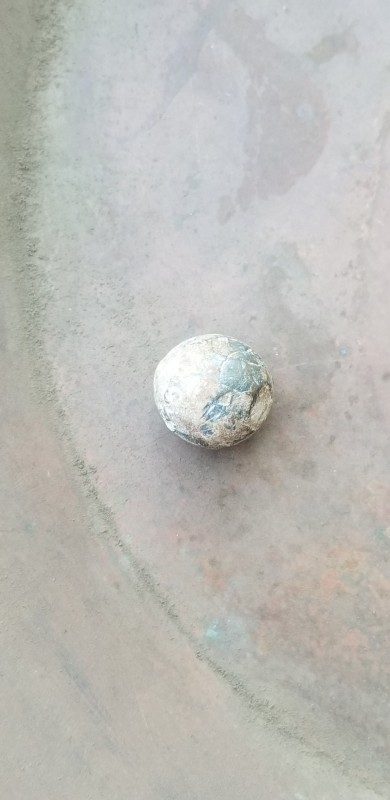
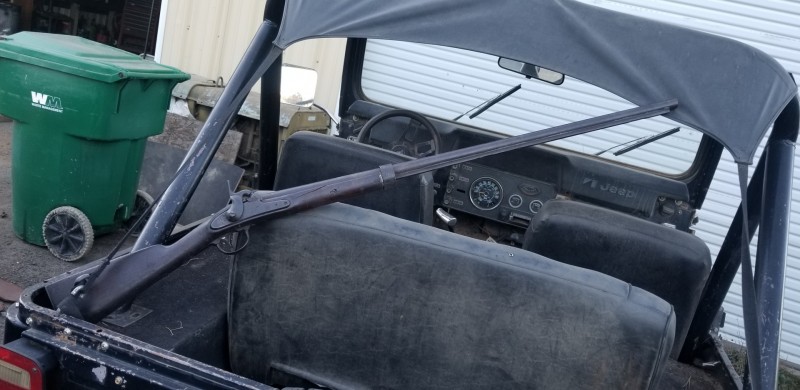



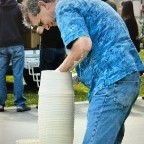
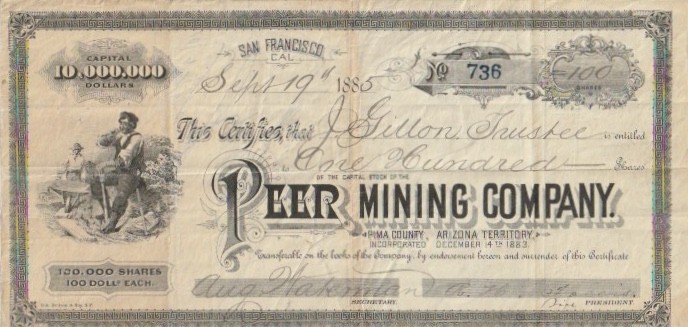
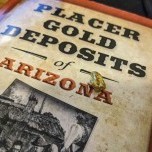
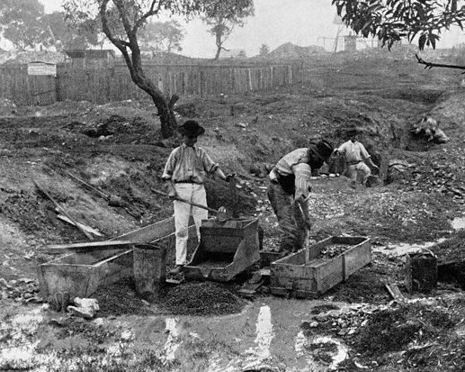
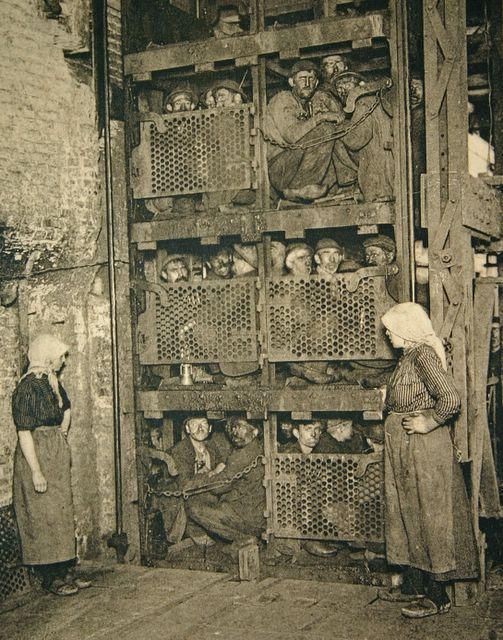
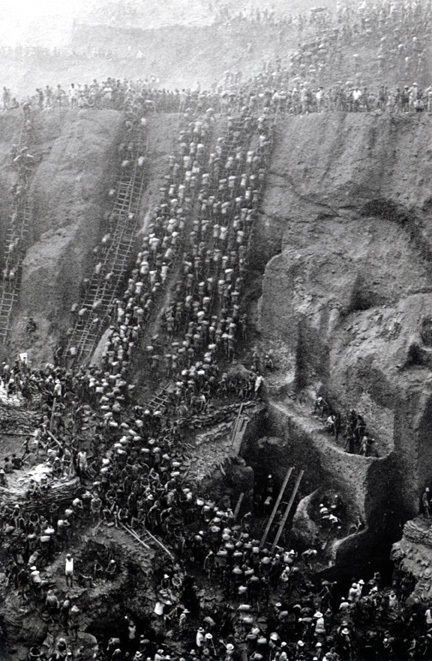
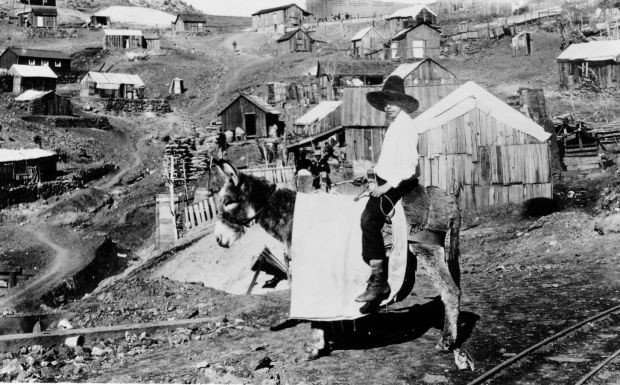
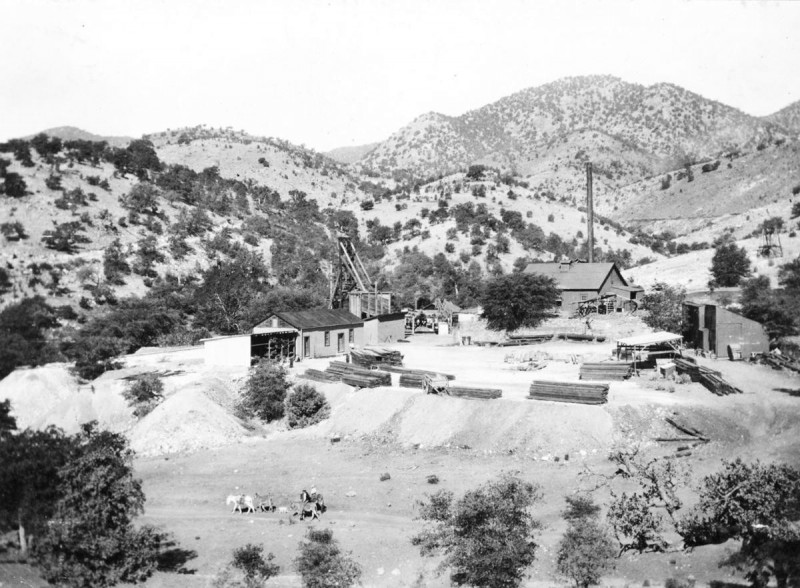
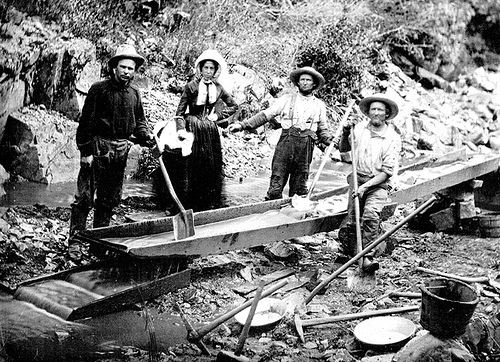
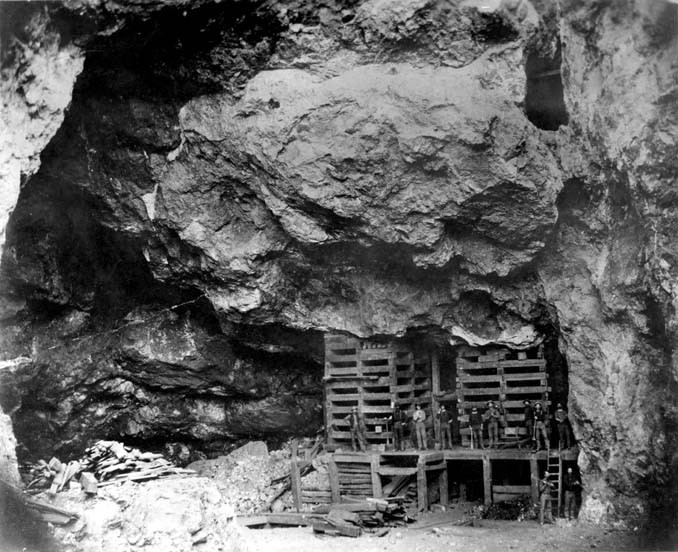
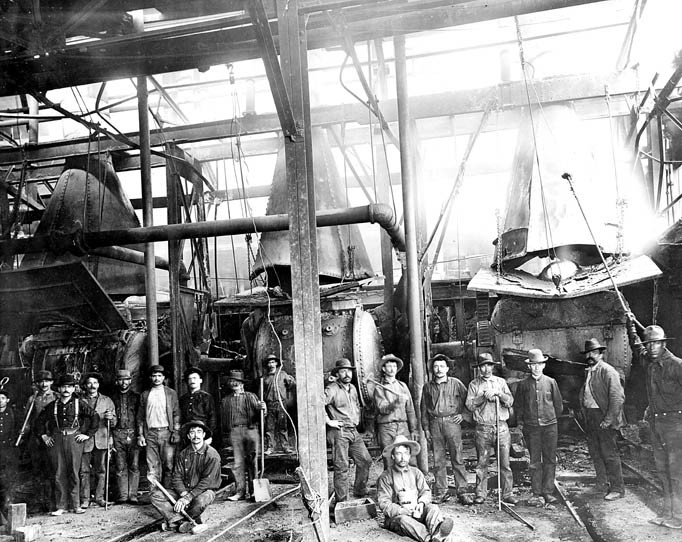
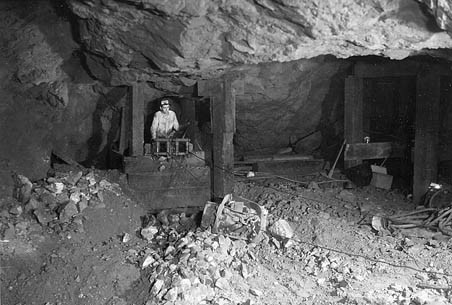
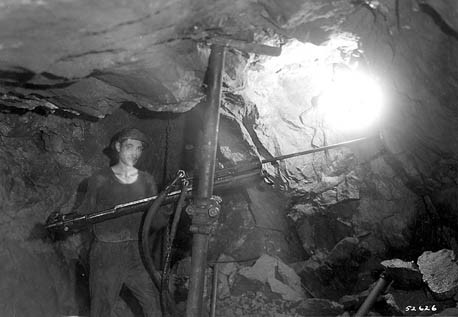
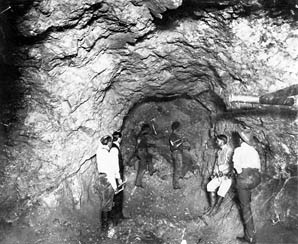

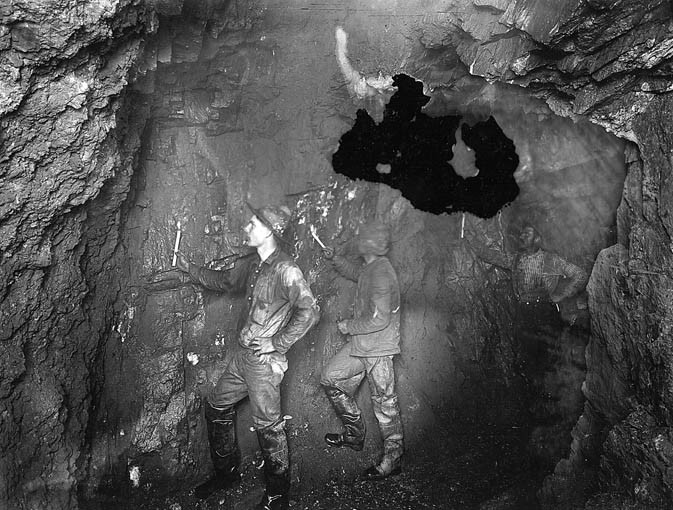
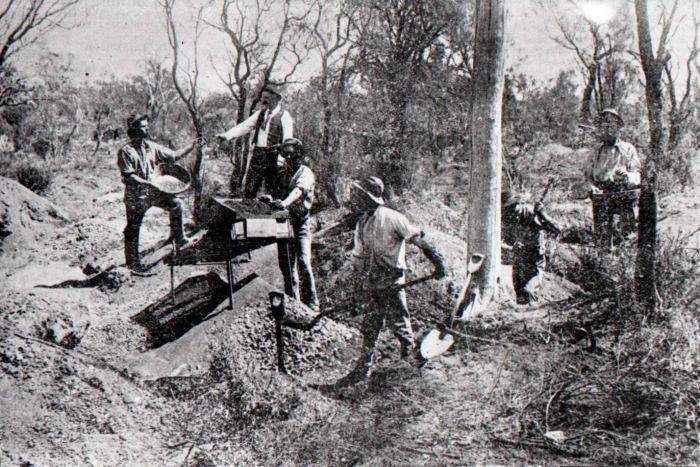
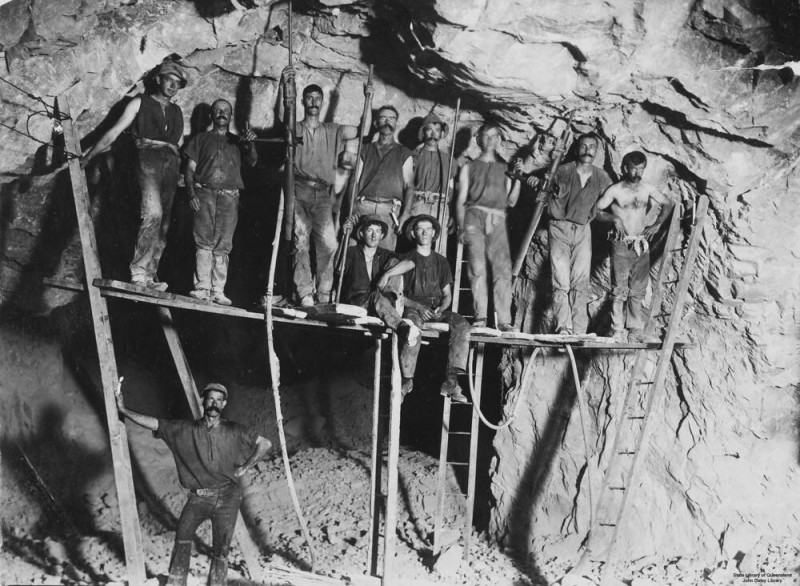
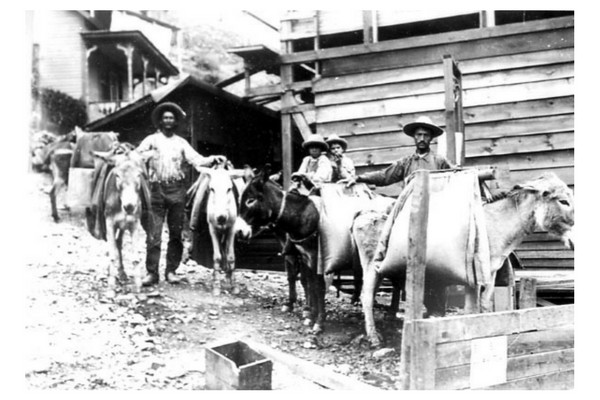
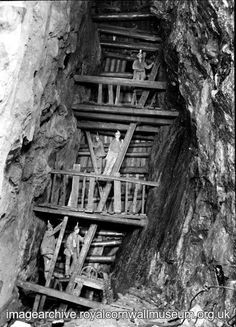
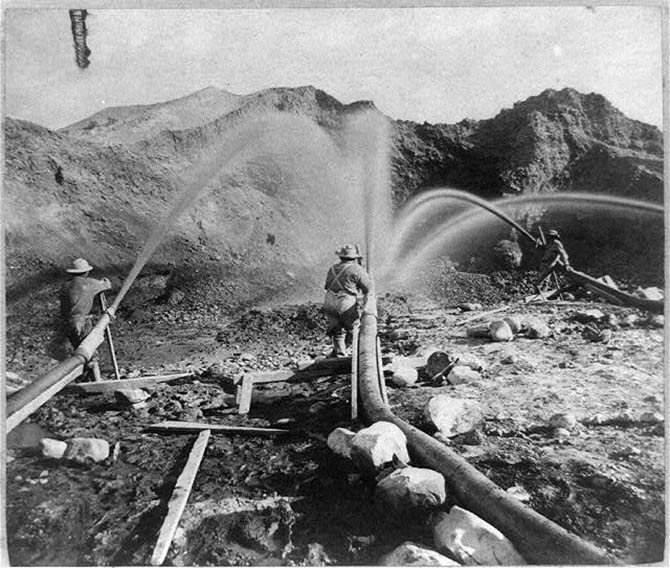
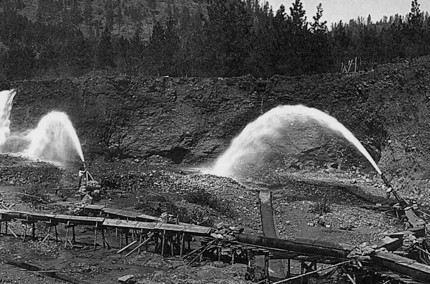
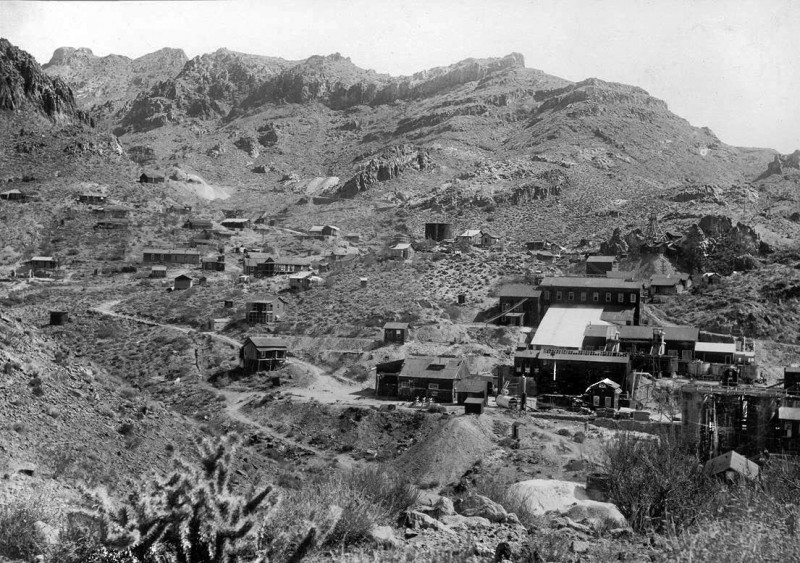




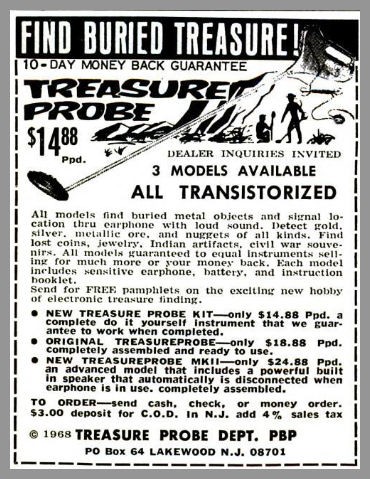
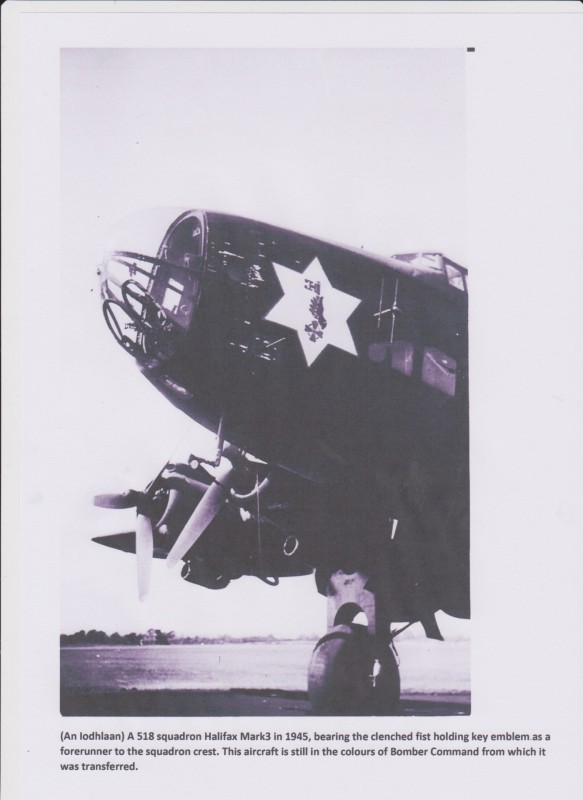
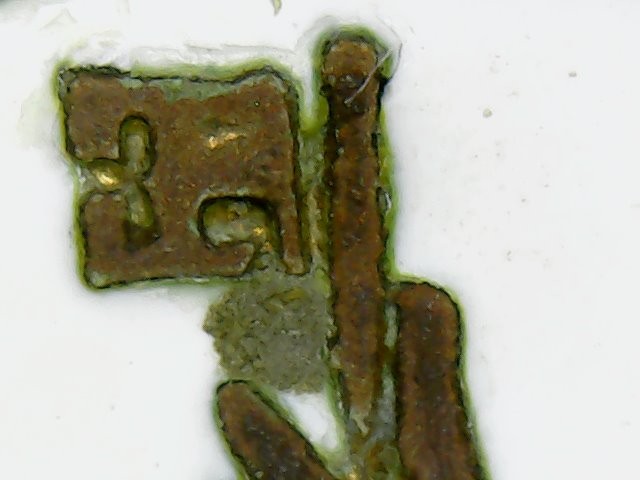
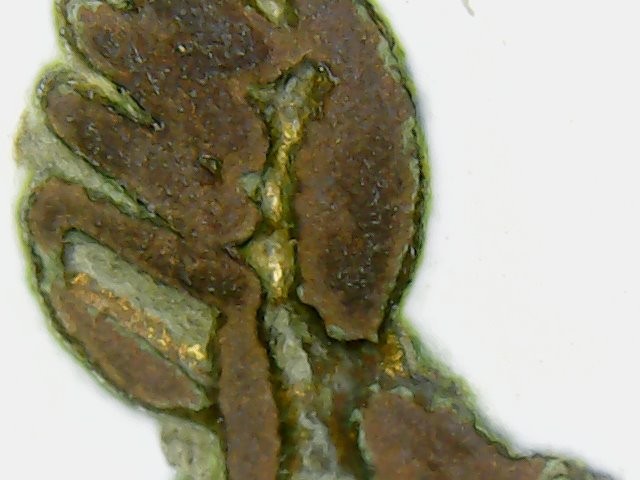
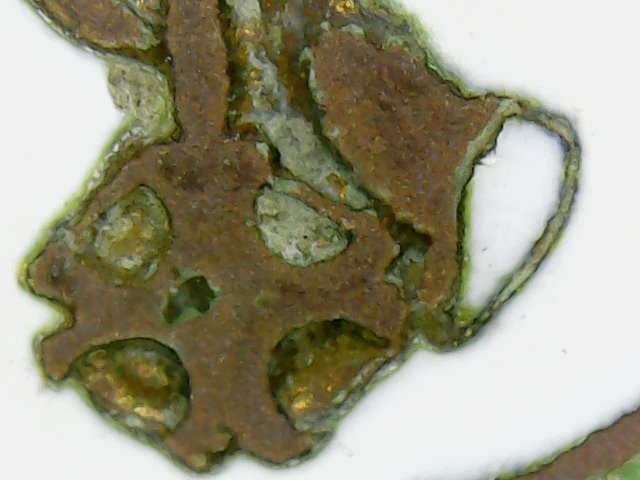
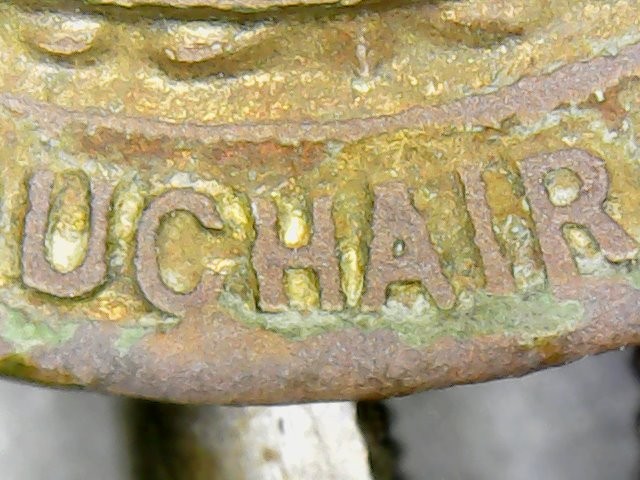
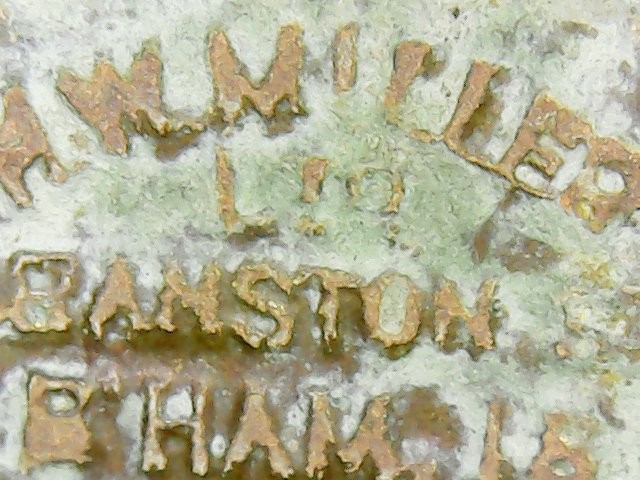

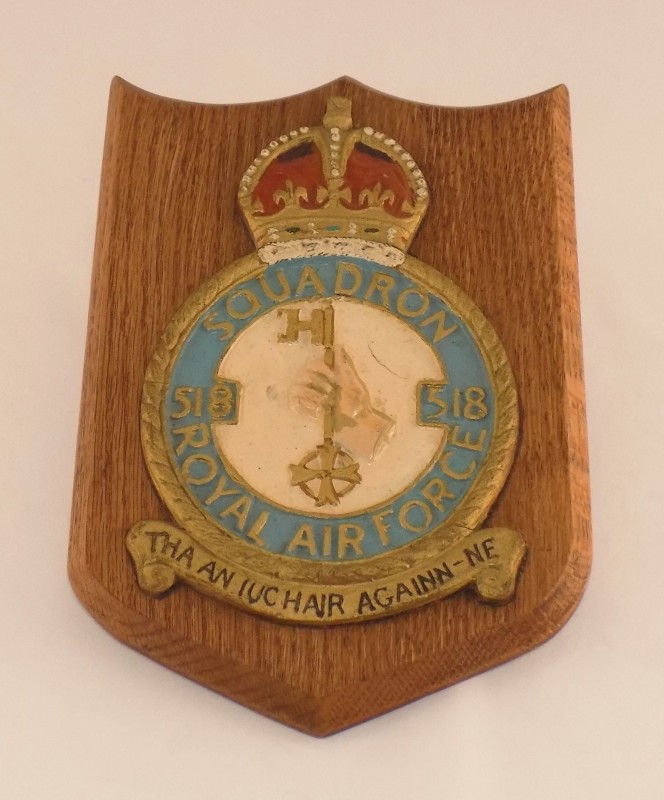
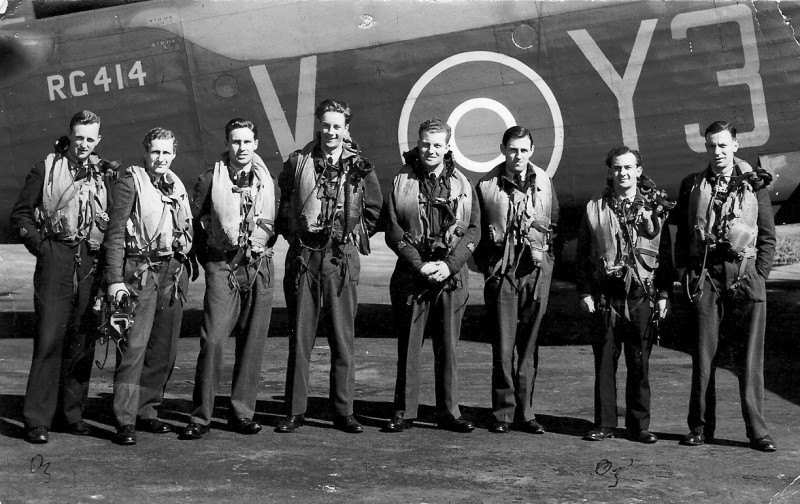
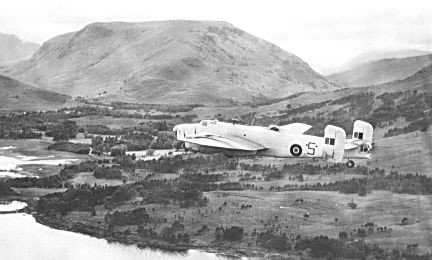
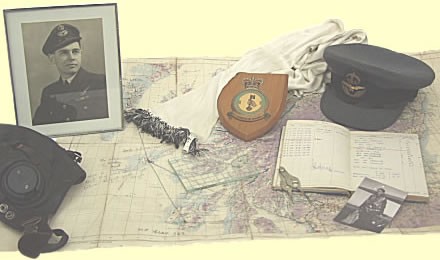

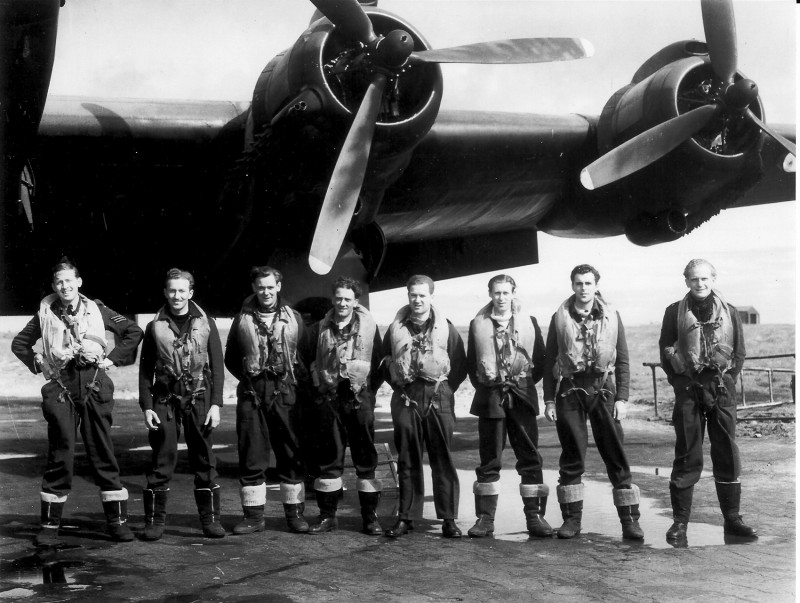
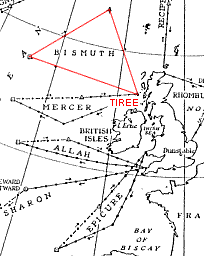
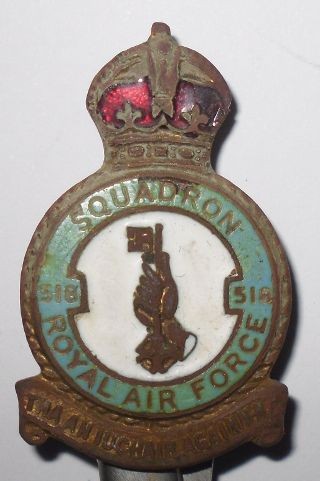

.thumb.jpg.77e4cb5bf39d44bdd2050d2edb7dfdb1.jpg)
